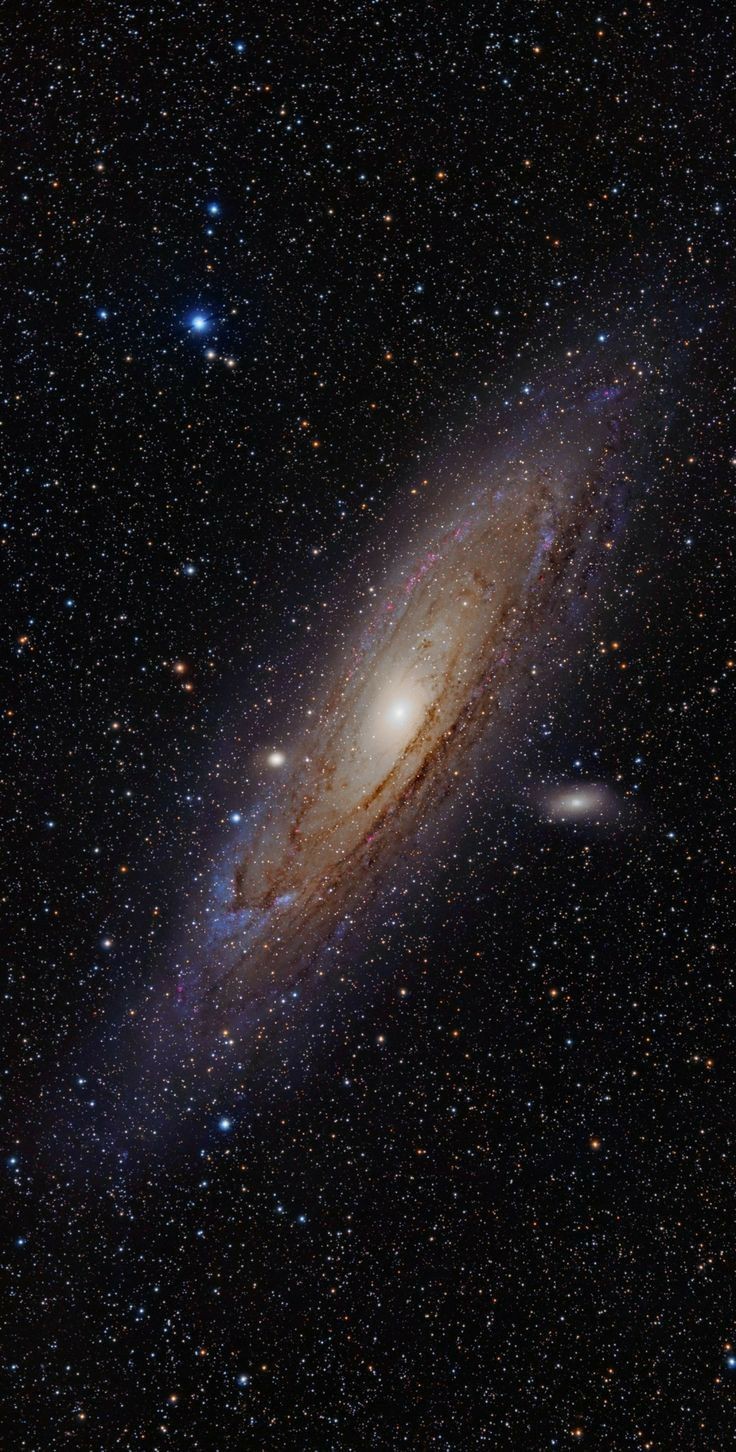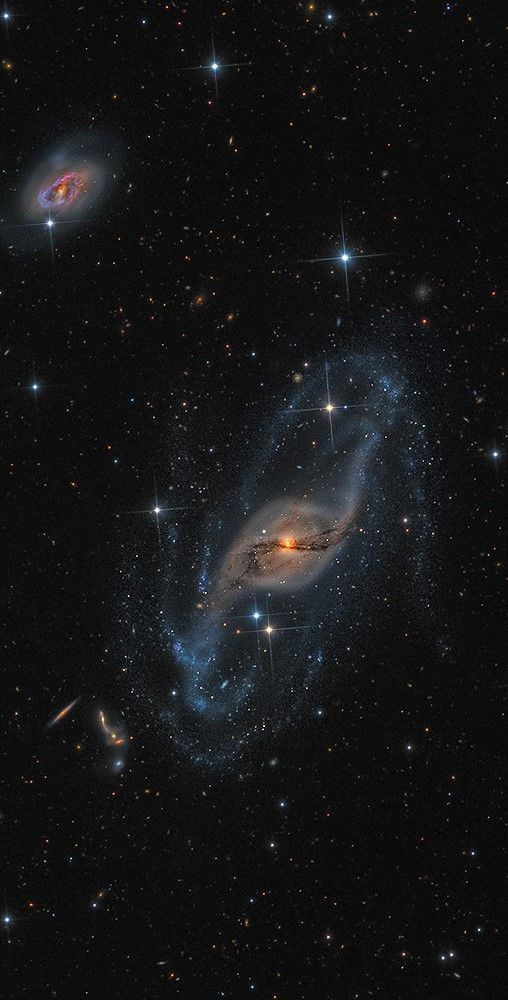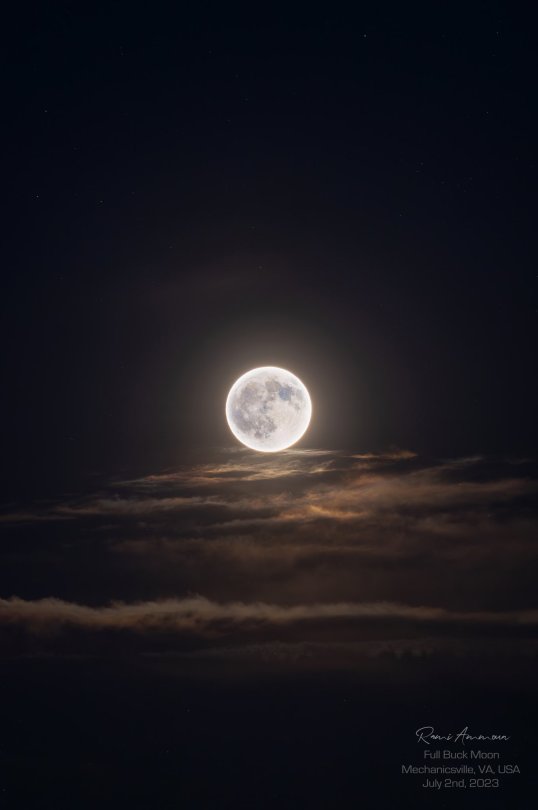Venus Makes Oxygen During The Day

Venus makes Oxygen During the Day
Ok, it's little more than an excuse to show a beautiful image of a fascinating planet, but in a recent scientific study, it was discovered in the upper atmosphere of Venus, during the day (which lasts a little longer than our day, at 243 Earth Days !!) Carbon Dioxide and Carbon Monoxide is broken down by sunlight into it's Carbon and Oxygen. The oxygen then moves around the planet, and over to the night side too, where it plays an important role in the upper atmosphere of the planet.
Amusingly, a full year on Venus is only 225 Earth days, making a day on Venus longer than a year on Venus.
I guess the upshot of this is, every day is your Birthday on Venus, so Happy Venusian Birthday to you all !
More Posts from Ad-astra-affecte-spe and Others

NASA's Juno spacecraft captured this look of high altitude haze forming above cyclones. At the time the image was taken, Juno was about 5,095 miles above Jupiter’s cloud tops 🛰



Mars painting by Herb Herrick for an article about terraforming in World Book Science Annual 1975. Consultant: Carl Sagan. The first painting (top) is followed by two clear plastic overlays of the skies and rain and finally plant life.

The dancer in Dorado
800 megapixel
Clearest photo of a galaxy you will ever see!

The Milky Way in the direction of Vulpecula and Cygnus // AC1000



2024 March 5
NGC 2170: Angel Nebula Abstract Art Image Credit & Copyright: David Moulton
Explanation: Is this a painting or a photograph? In this celestial abstract art composed with a cosmic brush, dusty nebula NGC 2170, also known as the Angel Nebula, shines just above the image center. Reflecting the light of nearby hot stars, NGC 2170 is joined by other bluish reflection nebulae, a red emission region, many dark absorption nebulae, and a backdrop of colorful stars. Like the common household items that abstract painters often choose for their subjects, the clouds of gas, dust, and hot stars featured here are also commonly found in a setting like this one – a massive, star-forming molecular cloud in the constellation of the Unicorn (Monoceros). The giant molecular cloud, Mon R2, is impressively close, estimated to be only 2,400 light-years or so away. At that distance, this canvas would be over 60 light-years across.
∞ Source: apod.nasa.gov/apod/ap240305.html

Neptune's rings & moon Triton © Voyager 2
-
 sexyjesters-blog liked this · 1 year ago
sexyjesters-blog liked this · 1 year ago -
 mataiodragon reblogged this · 1 year ago
mataiodragon reblogged this · 1 year ago -
 jadeb2002 liked this · 1 year ago
jadeb2002 liked this · 1 year ago -
 bunes-dice reblogged this · 1 year ago
bunes-dice reblogged this · 1 year ago -
 bunes-dice liked this · 1 year ago
bunes-dice liked this · 1 year ago -
 horrorknife reblogged this · 1 year ago
horrorknife reblogged this · 1 year ago -
 hermitcyclop liked this · 1 year ago
hermitcyclop liked this · 1 year ago -
 dead-decomposer liked this · 1 year ago
dead-decomposer liked this · 1 year ago -
 transguyhawkeye liked this · 1 year ago
transguyhawkeye liked this · 1 year ago -
 mackerel08 liked this · 1 year ago
mackerel08 liked this · 1 year ago -
 oleandy reblogged this · 1 year ago
oleandy reblogged this · 1 year ago -
 the-yearning-astronaut reblogged this · 1 year ago
the-yearning-astronaut reblogged this · 1 year ago -
 small-cog reblogged this · 1 year ago
small-cog reblogged this · 1 year ago -
 lijanaa liked this · 1 year ago
lijanaa liked this · 1 year ago -
 ik-de-zwarte-kat reblogged this · 1 year ago
ik-de-zwarte-kat reblogged this · 1 year ago -
 nadiafalconer liked this · 1 year ago
nadiafalconer liked this · 1 year ago -
 anakinsafterlife liked this · 1 year ago
anakinsafterlife liked this · 1 year ago -
 lunaismylove liked this · 1 year ago
lunaismylove liked this · 1 year ago -
 v0idsign liked this · 1 year ago
v0idsign liked this · 1 year ago -
 ad-astra-affecte-spe reblogged this · 1 year ago
ad-astra-affecte-spe reblogged this · 1 year ago -
 kurdtkobain444 liked this · 1 year ago
kurdtkobain444 liked this · 1 year ago -
 werido1forsure liked this · 1 year ago
werido1forsure liked this · 1 year ago -
 heath1981 liked this · 1 year ago
heath1981 liked this · 1 year ago -
 knarsisus reblogged this · 1 year ago
knarsisus reblogged this · 1 year ago -
 fatemari liked this · 1 year ago
fatemari liked this · 1 year ago -
 zeviceroy liked this · 1 year ago
zeviceroy liked this · 1 year ago -
 mothinthewalls reblogged this · 1 year ago
mothinthewalls reblogged this · 1 year ago -
 peanutbutter-nutella reblogged this · 1 year ago
peanutbutter-nutella reblogged this · 1 year ago -
 peanutbutter-nutella liked this · 1 year ago
peanutbutter-nutella liked this · 1 year ago -
 guccicologne liked this · 1 year ago
guccicologne liked this · 1 year ago -
 rayshawn6656 liked this · 1 year ago
rayshawn6656 liked this · 1 year ago -
 spacetimewithstuartgary reblogged this · 1 year ago
spacetimewithstuartgary reblogged this · 1 year ago -
 spacetimewithstuartgary liked this · 1 year ago
spacetimewithstuartgary liked this · 1 year ago -
 kryspychickin liked this · 1 year ago
kryspychickin liked this · 1 year ago -
 anumberofhobbies reblogged this · 1 year ago
anumberofhobbies reblogged this · 1 year ago -
 anumberofhobbies liked this · 1 year ago
anumberofhobbies liked this · 1 year ago -
 fr3akyfa1ry-blog reblogged this · 1 year ago
fr3akyfa1ry-blog reblogged this · 1 year ago -
 noor-world liked this · 1 year ago
noor-world liked this · 1 year ago -
 biblically-accurate-atrocity liked this · 1 year ago
biblically-accurate-atrocity liked this · 1 year ago -
 spectre-squared reblogged this · 1 year ago
spectre-squared reblogged this · 1 year ago -
 spectrum-spectre liked this · 1 year ago
spectrum-spectre liked this · 1 year ago -
 starryeyedjanai liked this · 1 year ago
starryeyedjanai liked this · 1 year ago -
 starryeyedjanai reblogged this · 1 year ago
starryeyedjanai reblogged this · 1 year ago -
 davland09 liked this · 1 year ago
davland09 liked this · 1 year ago -
 lanemanandcoach liked this · 1 year ago
lanemanandcoach liked this · 1 year ago -
 lux-tenebrae liked this · 1 year ago
lux-tenebrae liked this · 1 year ago -
 small-cog liked this · 1 year ago
small-cog liked this · 1 year ago

★•Astronomy, Physics, and Aerospace•★ Original and Reblogged Content curated by a NASA Solar System Ambassador
204 posts




